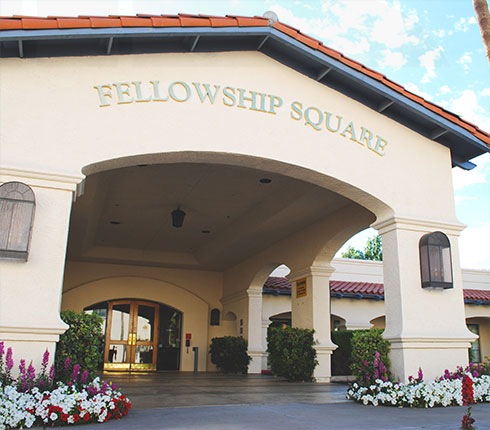Five Myths of Living Alone
Myth #5:
“I will just have my home renovated to fit my mobility needs. As long as I can take the trash out, I’m fine!” (I honestly heard this one).
Truth:
Many retirement communities offer wellness programs and preventative care programs, which are not available in traditional homes. If, for example, you start to notice that your walking or balance is becoming an issue, staff can work with you on exercises to rehabilitate and also prevent further decline.
Some communities also offer occupational and/or physical therapy on campus – both of which have a very positive impact on your health and can help you stay independent longer. With access to these programs right on campus, you are able to take charge of your independence.
Dining venues are available to provide well-balanced nutrition and socialization. Sitting at home, eating dinner alone in front of the TV is no way to spend the next chapter of your life! According to a 2010 article written in Forbes magazine by Meghan Casserly, low social interaction is as bad for your health as smoking fifteen cigarettes a day, is as dangerous as being an alcoholic and is as harmful as never exercising.
Myth #4:
“If I have in-home care I will not need to rely on my family.”
Truth:
You might not have to rely on your loved ones for the physical care; however in-home care still needs to be managed. A care plan needs to be established, caregivers need to be interviewed and screened, and delivery of quality care needs to be carefully managed and overseen. Oftentimes, family has to take off work to address these issues and any others that may come up along the way. In a retirement community, staff is carefully screened for their qualifications and background. State regulators survey communities to make sure that regulations and policies are followed. This means that you and your family are able to spend more quality time together, having fun.
Myth #3:
“I’m still healthy; I don’t want to move until I absolutely need to. Plus, I value my privacy; I don’t want to be forced to participate in activities.”
Truth:
It is true, most retirement communities offer a wealth of activities, social clubs and travel opportunities, but residents decide how much, if at all, they want to be involved. We frequently hear from new residents, “I wish I would have done this sooner!” When people move in while they are still independent and active, they are able to trade the household chores and maintenance in for more time to discover what they do want to do with their newfound freedom – in any fashion they choose.
Myth #2:
“Retirement communities are filled with old people who use walkers and wheelchairs.”
Truth:
Certainly, there are some people who use assistive devices to get around – but the important thing is just that they are still out and about! Regardless of physical ability or disability, in this new stage of life, everyone is seeking out new possibilities, opportunities and interests. Whether it’s volunteering, meeting new people or learning new hobbies – retirement communities relieve you of the things you have to do, so you can explore what you want to do.
Myth #1:
“My house is completely paid for; staying in my own home and having in-home care will be far less expensive than moving into a community.”
Truth:
According to Genworth’s 2016 Cost of Care Study, the median monthly cost Home Health Care ranges from $3,813 to $4,063 – depending on the level of care a person is receiving. By comparison, the median monthly cost in an Assisted Living facility is $3,470 – Independent Living rates vary widely, depending on the amenities available, services provided and location.
The costs of long-term care can be unpredictable, and if your needs require 24-hour care, these costs can skyrocket.
In addition to health care and supportive services, monthly rent in most retirement communities include meals, maintenance, housekeeping, property taxes, activities and other things that can become quite costly in your own home.

